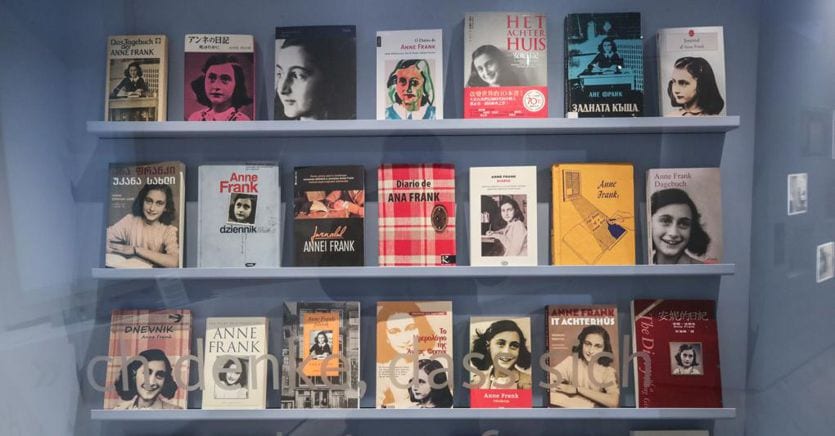The circulation in Italy of the Daily by Anne Frank begins in 1950, the day after the French translation printed in Paris by Calmann-Lévy, three years after the Dutch edition. And it is known that among the first to read it were Natalia Ginzburg and Paolo Serini. «I was in Turin – Ginzburg recalled in 1990 -, I was working at the Einaudi publishing house, a copy of this book has arrived. We read it myself and Paolo Serini, who was a consultant, worked with us. And nothing, we had it translated from Dutch – I read it in French – and published ». Despite so many years having passed, Ginzburg recalled reading it “in ’50 or ’49”. And in fact the first edition in French came out on October 31, 1950. The dates coincide perfectly.
The decision
It is difficult to establish exactly when the decision to translate was made. In the minutes of the editorial meetings, published by Tommaso Munari, there is no trace. Just as there are no reading sheets for the book. It is plausible to think that the international success – especially after the American edition (June 1952) which boasted the preface signed by Eleanor Roosevelt – was already an excellent reference.
What we are sure of is that the Daily – in the singular, of course – it was read by several people inside and outside the publishing house. The book came out on March 17, 1954, in the “Saggi” series, the same series that a few months later hosted the Letters from European Resistance inmates and four years after the new edition of If this is a man by Primo Levi. Just as it can be said that the contract between Einaudi and Anne’s father was signed in 1952. This is borne out, among other things, by a letter that Otto Frank wrote from Basel to Giulio Einaudi on December 27, 1952.
The letter from his father to Giulio Einaudi
It is a very cordial letter. Anne’s father is animated by the best of intentions and is increasingly convinced that the success of the book depends not only on the quality of the translation but also on the popularity of the person entrusted with the preface. Six years after the first Dutch edition, thanks to the support received by Eleanor Roosevelt, the Daily it was in fact gaining attention all over the world. It had already been translated – as well as in France, Germany, the United States and England – in Norway, Denmark, Israel, Argentina and Japan. And the father-entrepreneur-editor personally followed every legal and economic aspect relating to the new translations, constantly asking to be kept informed on the progress of the work.
On May 29, 1953, Giulio Einaudi informed him that the translation had been completed, with plans to be released in July or September. And in addition to asking him for some photos to include in the book, he told him that “as far as the preface is concerned, we would like to be able to reproduce that of Mrs. Roosevelt.” Otto Frank’s response was not long in coming. He immediately sent the photos, including the map of the secret apartment, and about the preface he said that instead of republishing Eleanor’s text it would be preferable to focus on an “Italian personality, known and popular”.
